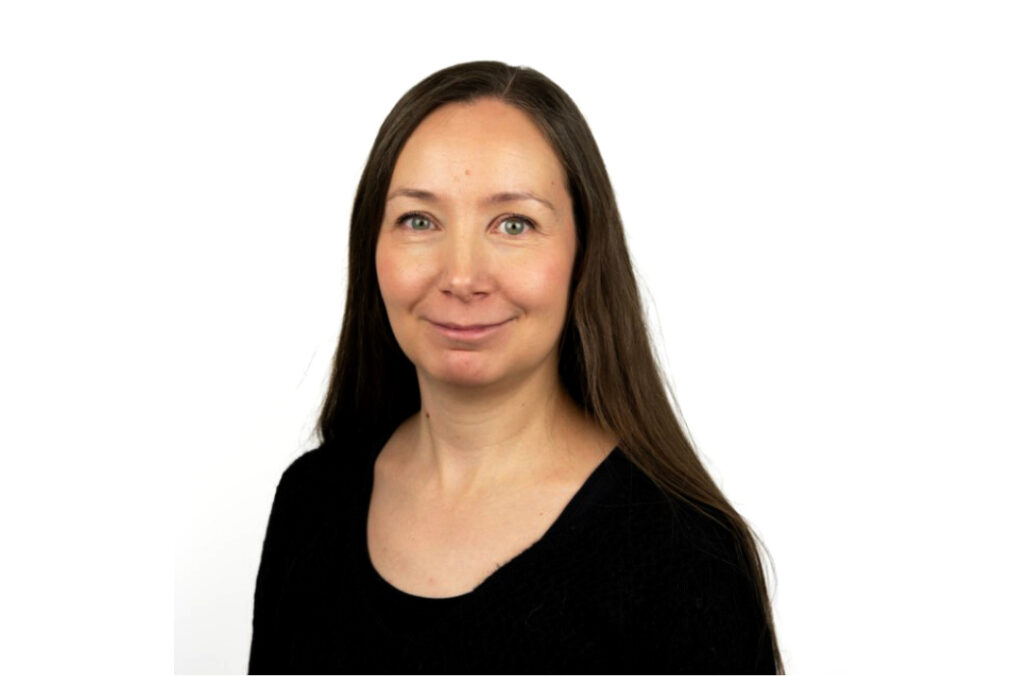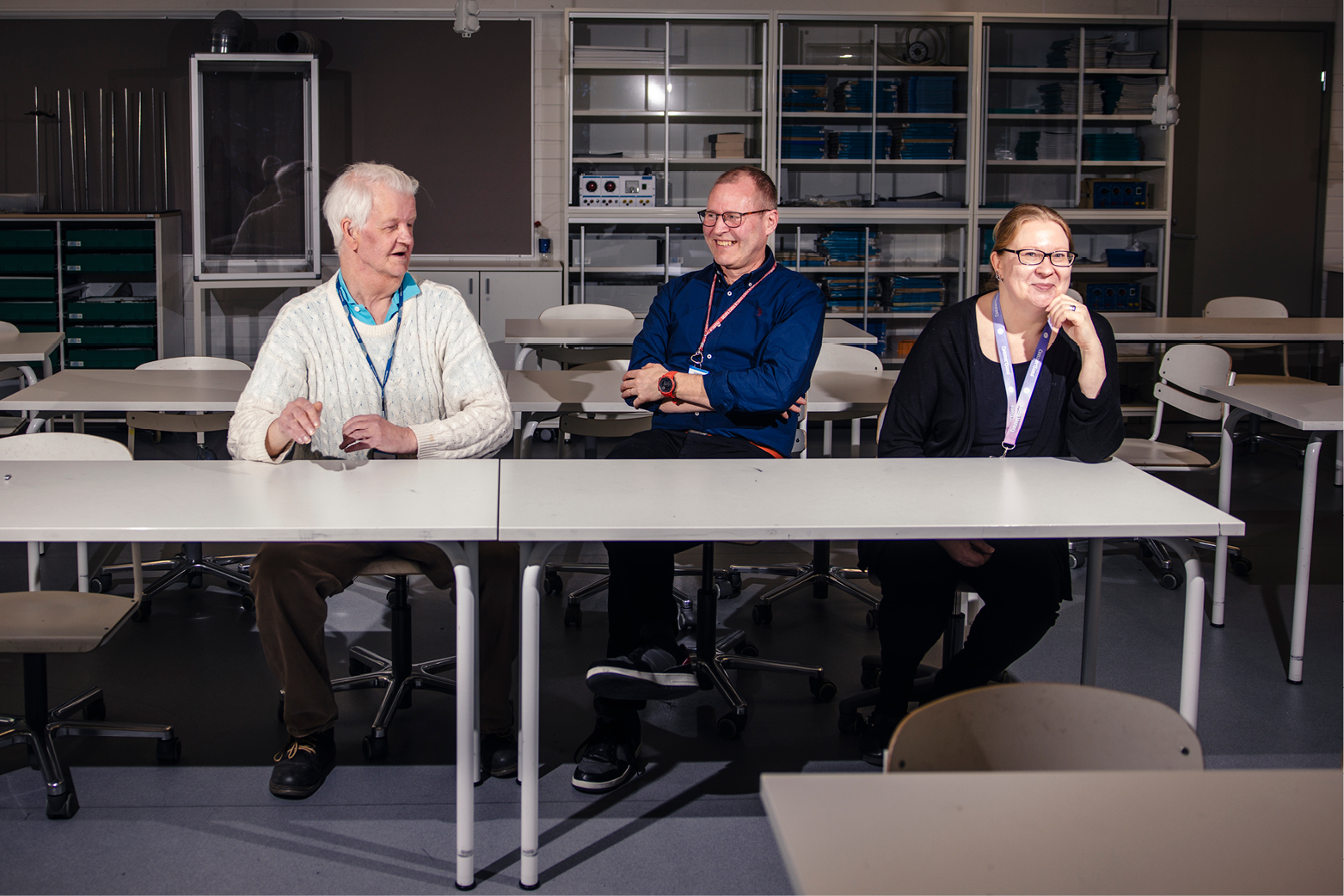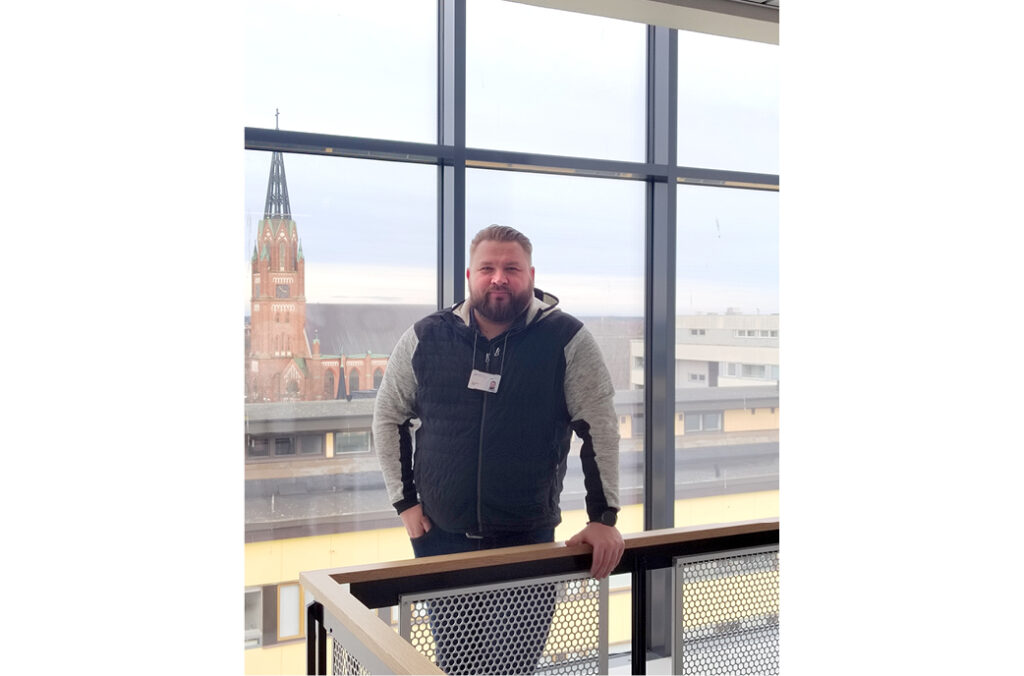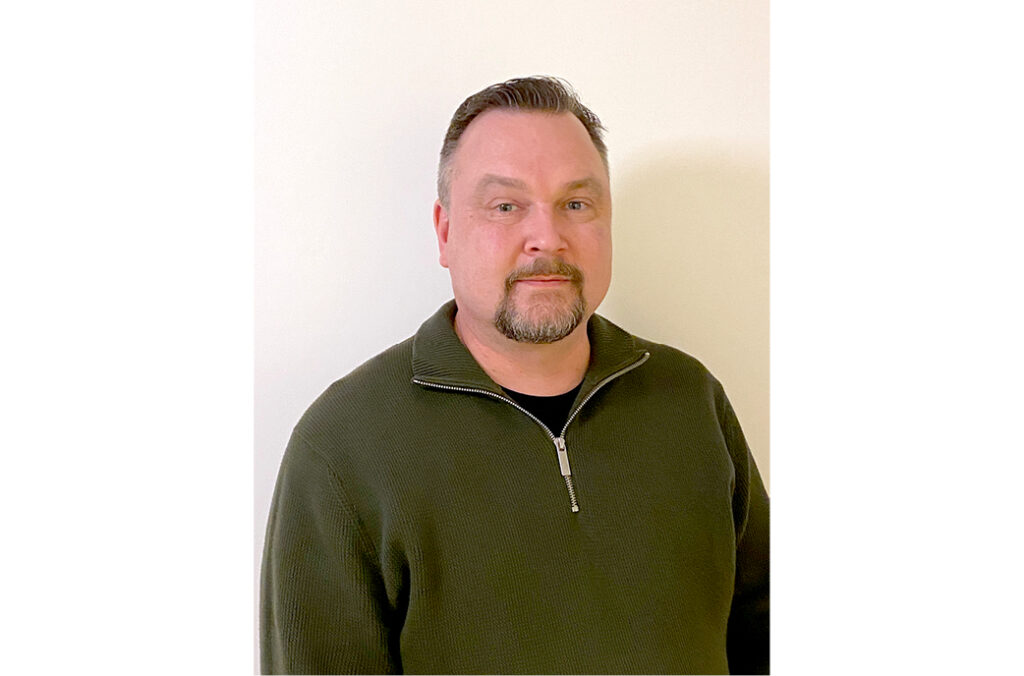
6 ways to develop occupational safety
Improving occupational safety at a shared workplace requires cooperation, clear operating models and continuous monitoring.
We use cookies to provide a better user experience and personalised service. By consenting to the use of cookies, we can develop an even better service and will be able to provide content that is interesting to you. You are in control of your cookie preferences, and you may change them at any time. Read more about our cookies.

Schools are shared workplaces with employees from several employers. People at Havukoski School are constantly thinking about how to develop safety and ensure that messages are transferred effectively even in dangerous situations.
The school shooting at Viertola, Vantaa – a young boy had brought a gun to school and shot his classmates – shocked Finns in April 2024. Havukoski School is only a few kilometres from Viertola, and no one initially knew whether the threat could also extend to nearby areas. Arto Martikainen, Principal at Havukoski School, was tasked with ensuring that the workplace he is responsible for was not threatened.
Havukoski School is a shared workplace. In addition to the company’s own staff, there are employees from Vantti, Seura and Vakehyva, rotating religion and language teachers from the education and learning division, representatives of youth and sports services, and members of the Hyvän arjen rakentajat (“Builders of Good Everyday”) network, who represent many different organisations.
The principal represents the employer that exercises primary control at the school. He is responsible for ensuring that all employees can work safely, regardless of who their employer is.
Martikainen had received information about the school shooting on his mobile phone via the Signal group for principals in Vantaa, the tool used for quick communication in the city’s schools. The same message was sent to all the principals of schools in the neighbouring areas, and they also received updates about the course of events by email.
“At Vantaa, we are lucky, as we can quickly get support and instructions from outside the school in sudden crisis situations. In addition to the occupational health and safety organisation, we are assisted by the city security team and the police’s preventive activities,” Martikainen describes.
As there was no overview of the events in Viertola, the school’s entrance doors were locked with electric locks. It was also important to ensure that all employees – such as teachers, school instructors, cleaners and kitchen staff – were informed of the situation. When the city’s crisis communications and the police said that the threat was not targeted at Havukoski, the school returned to its normal daily agenda.
A shared workplace can be a working environment in any industry in which one employer exercises primary control, but which has other employers or self-employed persons working there. Traditionally, shared workplaces have been common in the construction sector, industry and mining, for example. The representative of the employer exercising primary control is responsible for the safety of the entire shared workplace.
If, on the other hand, different employers work in the same premises or environment completely independently of each other, such as in shopping centres or large port areas, employers must work together to address shared hazards, but none of them exercises primary control.
Specialist Sari Aksberg examines the safety of schools from the perspective of a shared workplace in her work at the Centre for Occupational Safety. She emphasises that cooperation between various actors and the management of safety require clear structures and practices, which are still missing from many schools. Nevertheless, it may be that effective practices are implemented and daily work runs smoothly.
“For example, it is possible that all employees of different employers have been included in the exit exercise, even though the school has not identified this as its legal obligation,” says Aksberg.
She points out that the problems and shortcomings of a shared workplace often turn out to be problems with the flow of information between different actors. Occupational health and safety committees could also develop practices to meet the specific needs of shared workplaces and support supervisors in fulfilling their legal obligations.
“For example, information about incidents might be insufficient if not all employees are informed at the same time or if it is not ensured that they have understood the instructions. This is particularly important in multicultural work communities, where people may have different language skills,” Aksberg says.
She tells a story about a cleaner with an immigrant background who was recovering from war trauma. They had not been informed about the exit exercise and became badly frightened of the alarm sounds. Information should reach everyone, regardless of their language and job description.
The Viertola case also made Havukoski School think about the eternal question: how to act in the event of an extreme threat and how to ensure that all employees receive the message.
“That is a good question and a challenge that we think about a lot. School work is so hectic that it is not always possible to look at the phone or check Wilma, and even the central radio cannot be heard everywhere with a hundred per cent certainty, for example, if there is a lot of noise during a gym class or a woodwork class,” Martikainen admits.
Anticipation is really important when it comes to safety. Every employee at Havukoski School has their own role in hazardous situations, and the school conducts regular evacuation exercises to refine the practices. For example, in the event of a fire, each space is inspected, and in a real-life situation, the fire services would inspect each space separately.
Occupational safety and health representative Jouni Koivisto, who is responsible for 16 schools in Vantaa, is also responsible for the safety of Havukoski School. He sees many kinds of schools in his work and praises the way in which Havukoski has made the shared workplace feel truly shared.
“It seems like Havukoski’s staff is happy and well, because the turnover rate is low. The principal leads the school in a way that supports community spirit and interaction. Safety challenges are addressed and everything can be discussed openly, which facilitates cooperation between the school and the occupational safety and health organisation,” Koivisto says.
He emphasises the statutory responsibility of the workplace – ultimately the principal – to anticipate and prepare for occupational safety and health issues.
Koivisto regularly visits different schools and also receives information on occupational safety through the electronic occupational safety system, Tutka, for example. Tutka is used for reporting occupational accidents, threats, incidents and near misses.
“If there were a violent situation or a serious accident at work, I would go there immediately. I also carry out pre-scheduled control visits and unannounced surprise visits,” Koivisto explains.
There was once an incident at Havukoski School, which was immediately reported to the Tutka system, through which Koivisto also received the information. A support rail for electrical cables fell from the ceiling of a classroom, but luckily, there was nobody under it at the time. The first person to react was the school’s vice principal, who took action immediately after receiving the notification from the teacher.
“The principal checked all similar areas with the security guard in addition to correcting the fault without delay. I visited the school myself to check the situation so that this kind of danger would not recur,” Koivisto says.
Principal Martikainen and Occupational Safety and Health Representative Koivisto emphasise that employees should submit reports with a low threshold so that all matters related to occupational safety can be raised and addressed in time. This is the best way to build a safe and healthy working environment together.
Dangerous situations can arise at schools, for example when students fight. In these situations, all employees should know what to do – regardless of who their employer is.
“For example, cleaners or school counsellors may find themselves in situations where they need to know whether they can intervene in violence. The right of emergency defence may allow this, but, for example, only teachers are normally allowed to hold students,” says Aksberg.
Orientation is a critical part of occupational safety and also clarifying responsibilities. School counsellor Niina Somero works at Havukoski School, but her employer is the personnel service company Seure.
Similarly to all new employees, Somero has received safety induction from Havukoski School, learning the school’s safety practices at the start of her employment.
“Ever since I started here, I have felt safe and part of the staff, even though my salary is paid by Seure and not by the City of Vantaa. We are all part of the same team, there are no boundaries in everyday work,” she says.
On her first working day, Somero was given a safety folder with extensive information and advice, and the same information is also available in electronic form.
“In addition, the members of the safety team gave me hands-on orientation on safety matters. We did a safety walk together, during which we checked, for example, the location of the first-aid extinguishing equipment,” Somero says.
In the same way, every employee who starts at the school receives induction training – regardless of their employer and, for example, safety walks are repeated regularly.
Improving occupational safety at a shared workplace requires cooperation, clear operating models and continuous monitoring.
Improving safety requires continuous risk assessment and effective communication. Monitoring by occupational safety and health authorities has revealed significant shortcomings in occupational safety and health at shared workplaces.
At the Meyer Turku shipyard, approximately 80 per cent of the production of cruise ships is subcontracted. Matti Tuimala, Safety Manager at the shipyard, explains how safety is ensured at the huge shared workplace.
A well-managed and healthy work community can benefit from multi-location work in many ways,” says Juha Eskelinen, Researcher.


